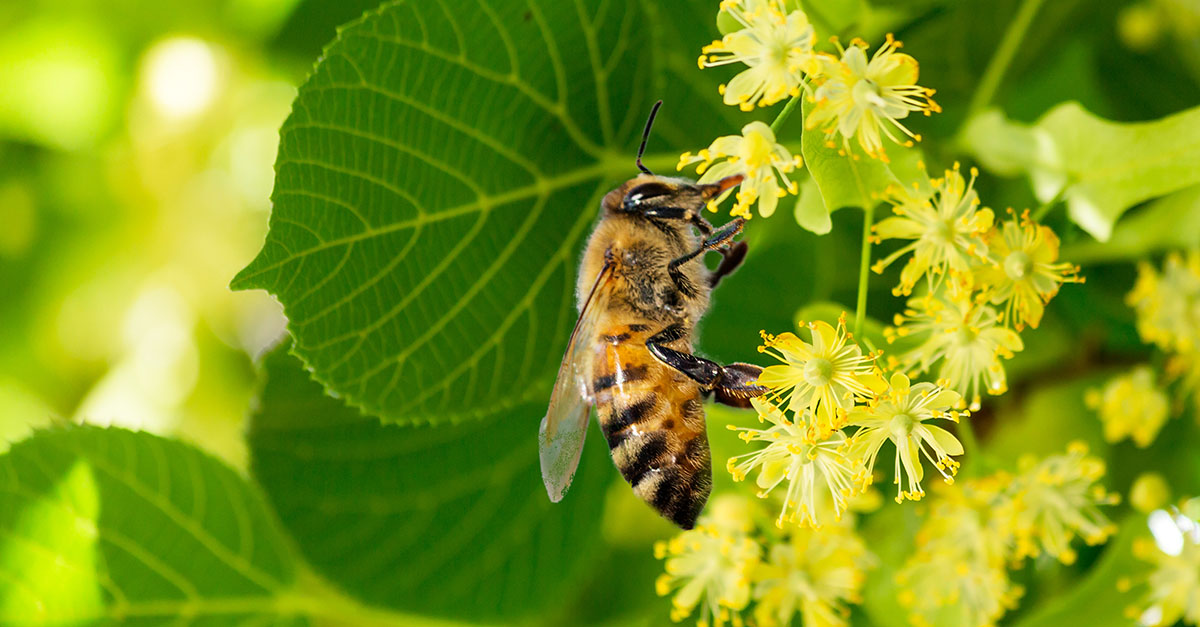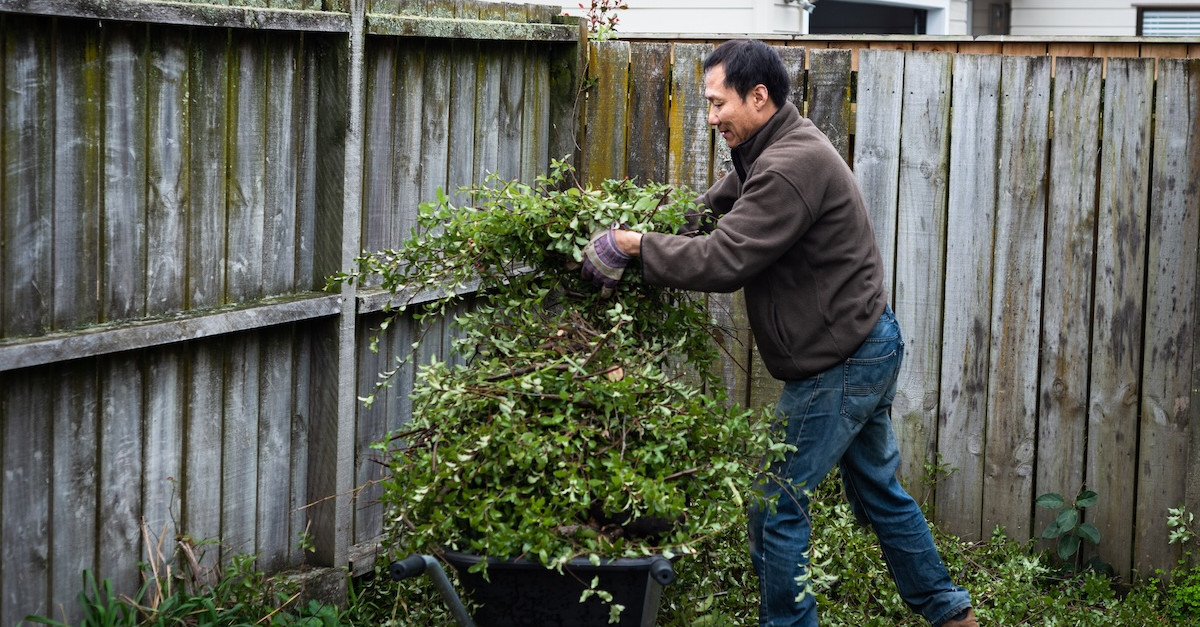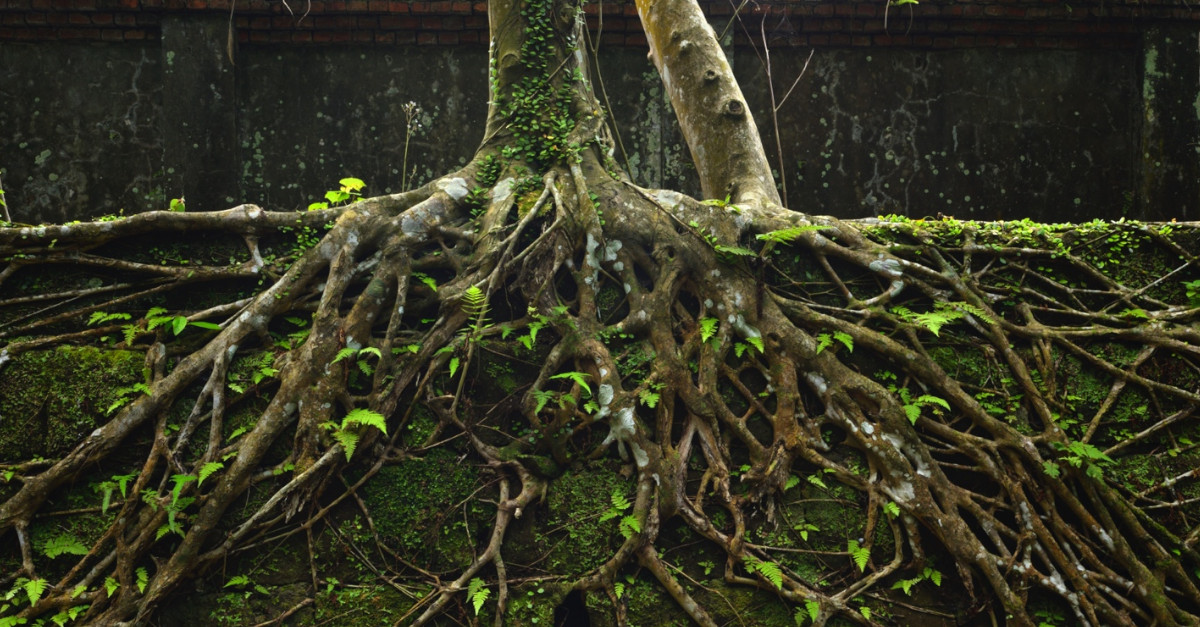How Trees Support Bees
We know trees are great for wildlife and improve your home property value in more ways than one. We also know that pollinators (especially bees) support Earth’s ecosystems in essential ways. But what’s behind the relationship between bees and trees (aside from the fact that they rhyme)? And how do trees beneficially impact our famously busy friends?
Trees Provide Food and Nutrients
Perhaps most importantly, the nutrients in the nectar and pollen of some trees’ flowers provide the food bees need, as well as the raw materials for making honey.
Though many people focus on planting flower gardens to attract these pollinators, trees provide an abundance of blossoms in one place. In fact, bees may be able to gather as much food from a single tree as they could from an entire field of wildflowers. Especially for those with minimal yard space, trees will have the honeycombs humming with five-flower reviews from all of your block’s bees.
If you want to set up a bountiful buffet for your neighborhood buzzers, here are some bee-friendly trees that you can consider:
- Red or Japanese Maples
- Fruit trees, including
- Apples
- Peaches
- Pears
- Cherries
- Crabapples
- Crepe Myrtles
- Sourwood
- Summersweet
- Flowering Dogwood
- Southern Magnolia
Give Bees Shelter
When asked the question, “Where do bees live?” most of us may leap to answer, “Beehives, of course!” After all, that’s where Winnie the Pooh went looking for his honey. (And yes, bears really do love honey, though they feast on the rest of what’s inside the hives too.)
But in truth, over 70% of North American bees actually nest underground.
For those that live above ground however, trees are essential for shelter — particularly after the trees are dead. When birds go after insects that have burrowed into dead wood, the holes they create make perfect little shelters for cavity-nesting bees to lay their eggs. Many tunnel-nesting bees bore directly into the dead wood, which means you may consider leaving dead branches or logs alone, unless they become a safety hazard. Tree hollows also provide excellent homes for bee colonies, as their thick walls shield against extreme heat and cold.
But the trees in your yard can protect bees even if they aren’t living there. Strong winds can easily blow foraging bees far from home. Evergreen conifers like the Canadian Hemlock can provide an excellent windbreak, keeping your bees where they belong.
Besides directly providing housing or protection, trees help bee colonies stay healthy in another way. Sap and resin from trees supply important ingredients for propolis: a material bees make to secure, waterproof and sterilize the inside of the nest — shoring up the shelter to protect their eggs.
Bees are one of the most important pollinators when it comes to producing our food. In fact, one out of every three bites of food we eat is the result of pollination. For help maintaining your trees — or guidance on planting new ones — in order to support your neighborhood bee population, call (404) 252-6448 to speak to one of our experts. You can also schedule a consultation with us online.







